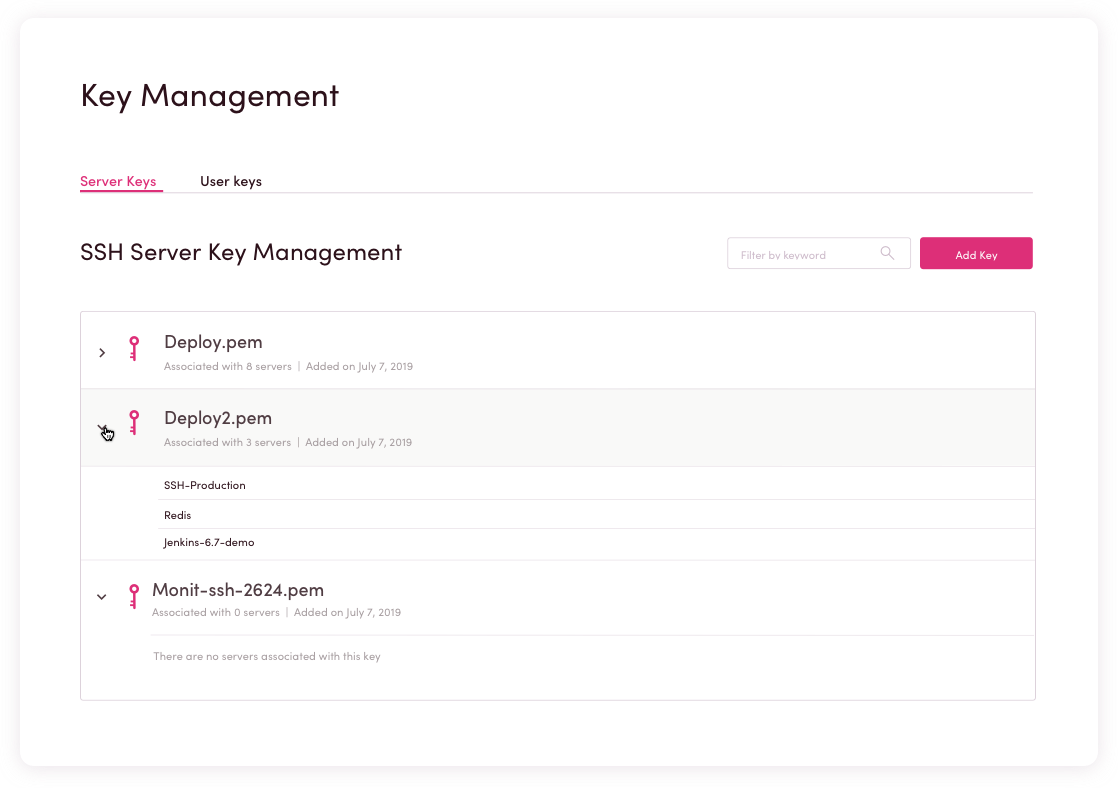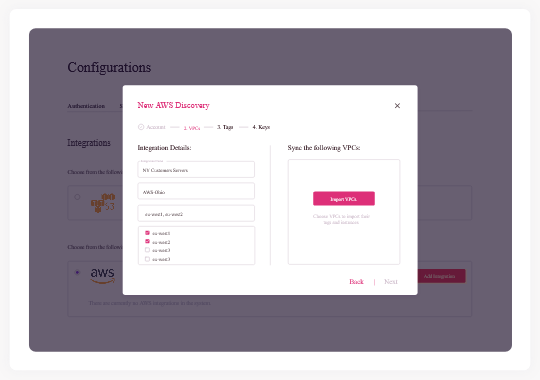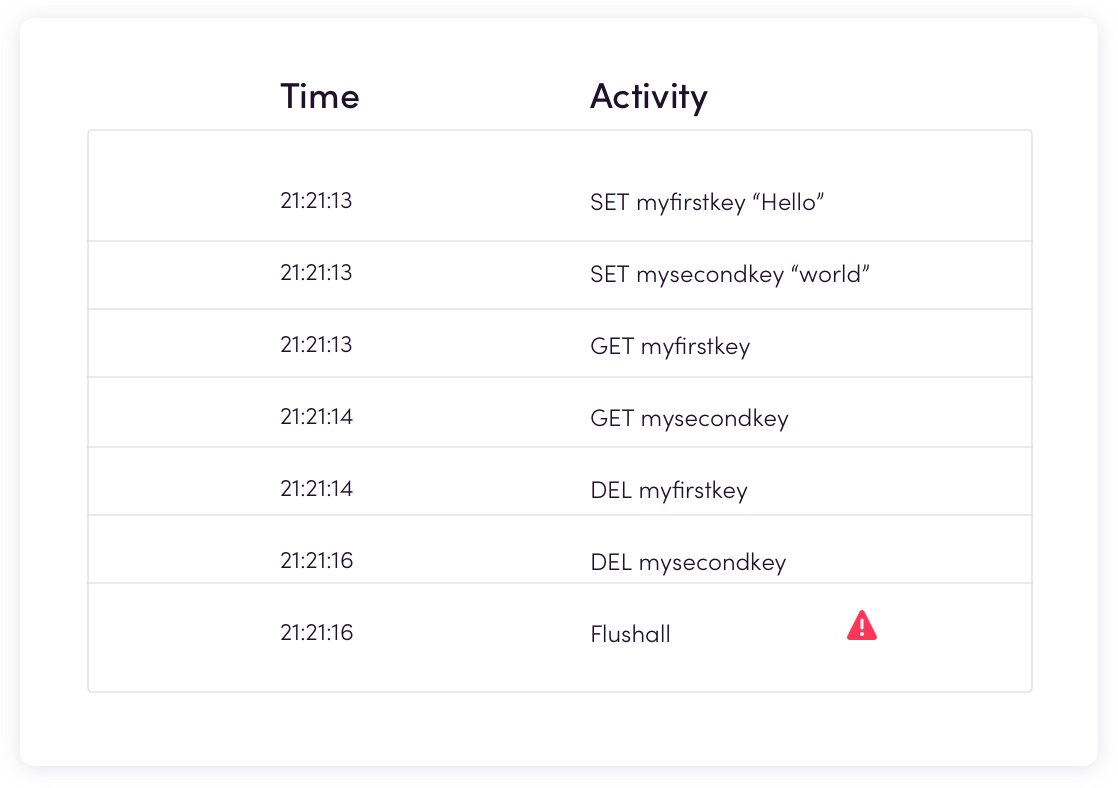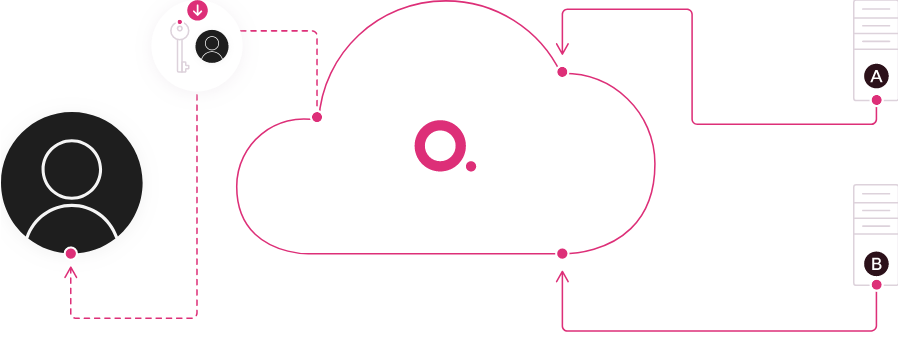-
Pesquisar
- Geo Menu
-
Soluções
-

See how use cases come to life through Check Point's customer stories.
Saiba mais -

See how use cases come to life through Check Point's customer stories.
Saiba mais -

See how use cases come to life through Check Point's customer stories.
Saiba mais
-
QUE PRIORIZA A PREVENÇÃO
-
Explore Infinity
- Platform OverviewIndustry leading AI-Powered and Cloud-Delivered cyber security platform
- Infinity Core ServicesPrevention first security operations, AI Copilot, ThreatCloud AI, and 24/7 managed security services, consulting and training
- Infinity PortalLearn about and sign into Check Point's unified security management platform
- Infinity Platform AgreementPredictable cyber-security environments through a platform agreement
- See All Products >
-

Introducing Quantum Force
Saiba mais -
Explorar Quantum
- Next Generation Firewall (NGFW) Security GatewayIndustry-leading AI powered security gateways for modern enterprises
- SD-WANSoftware Defined Wide Area networks converging security with networking
- Security Policy and Threat ManagementManage firewall and security policy on a unified platform for on-premises and cloud networks
- Operational Technology and Internet of Things (IoT) Autonomous IoT/OT threat prevention with zero-trust profiling, virtual patching and segmentation
- Remote Access VPN Secure, seamless remote access to corporate networks
- See All Products >
-

Introducing Quantum Force
Saiba mais -
Explore o CloudGuard
- Serviço de segurança de rede Industry-leading threat prevention through cloud-native firewalls
- Cloud Native Application Protection PlatformCloud native prevention first security
- Segurança de códigoDeveloper centric code security
- Segurança de aplicativos da Web e APIAutomated application and API security
- See All Products >
-

Introducing Quantum Force
Saiba mais -
Explore Harmony
- Email and Collaboration SecurityEmail security including office & collaboration apps
- Segurança de EndpointComprehensive endpoint protection to prevent attacks & data compromise
- Segurança móvelComplete protection for the mobile workforce across all mobile devices
- SASEUnifying security with optimized internet and network connectivity
- Segurança SaaSThreat prevention management for SaaS
- See All Products >
-

Introducing Quantum Force
Saiba mais -
Serviços principais
- Managed Prevention & Response ServiceSOC operations as a service with Infinty MDR/MPR
- Extended Prevention & ResponseAI-Powered, Cloud-Delivered Security Operations with Infinity XDR/XPR
- Secure Automation and CollaborationAutomate response playbooks with Infinity Playblocks
- Unified Security Events and Logs as a ServiceInfinity Events cloud-based analysis, monitoring and reporting
- AI Powered TeammateAutomated Security Admin & Incident Response with AI Copilot
- IA do ThreatCloudThe Brain behind Check Point’s threat prevention
- See All Products >
-

Introducing Quantum Force
Saiba mais
-
Suporte e serviços
-
Explore Assess Services
- Avaliação do risco cibernéticoAssess your cyber risks and plan actionable strategy
- Attack Surface & Penetration TestingEvaluate security defenses against potential cyber attacks and threats
- Security Controls Gap Analysis
(NIST, CIS)Analyze technology gaps and plan solutions for improved security and ROI - Threat Intelligence & Brand ReputationAnalyzed data on cyber threats, aiding proactive security measures
- See All Assess Services >
-

Learn hackers inside secrets and beat them at their own game
View Courses -
Explore Transform Services
- Implantação de Segurança e OtimizaçãoStrategic deployment and refinement of security for optimal protection
- Gestão avançada de conta técnicaProactive service delivered by highly skilled Cyber Security professionals
- Serviços de gerenciamento de ciclo de vidaEffectively maintain the lifecycle of security products and services
- See All Transform Services >
-

Learn hackers inside secrets and beat them at their own game
View Courses -
Explore Master Services
- Certificações e credenciamentosComprehensive cyber security training and certification programs
- Treinamento de responsáveis centrais de segurança informáticaGlobally recognized training for Chief Information Security Officers
- Conscientização de segurançaEmpower employees with cyber security skills for work and home
- Cyber Park - Cyber RangeSimulated gamification environment for security training
- Mind Training HubCheck Point Cyber Security and Awareness Programs training hub
- See All Infinity Global Services >
-

Learn hackers inside secrets and beat them at their own game
View Courses -
Explore Respond Services
- Resposta a incidenteManage and mitigate security incidents with systematic response services
- Detecção e resposta gerenciadas24/7 SOC Operations for Check Point + 3rd party solutions, 24/7 response
- Investigação Forense DigitalComprehensive investigation and analysis of cyber incidents and attacks
- See All Respond Services >
-

Learn hackers inside secrets and beat them at their own game
View Courses - Explore Manage Services
-

Learn hackers inside secrets and beat them at their own game
View Courses - Explore Support Services
-

Learn hackers inside secrets and beat them at their own game
View Courses
-
Soluções
- Casos de uso
- Indústria
- Organization Size
-
QUE PRIORIZA A PREVENÇÃO
- Infinity Platform
- Proteja a rede
- Proteja a nuvem
- Proteja o espaço de trabalho
- Serviços principais
-

Introducing Quantum Force
Saiba mais
-
Suporte e serviços
- Avaliar
- Transform
- Dominar
- Resposta
- Manage
- Suporte
-
Parceiros
- Parceiros Check Point
- Torne-se um parceiro
- Parceiros inscritos
-

Check Point is 100% Channel. Grow Your Business with Us!
Sign Up Now
-
Mais
- Empresa
- Aprender
- Dados de segurança cibernética
-

See how use cases come to life through Check Point's customer stories.
Saiba mais











